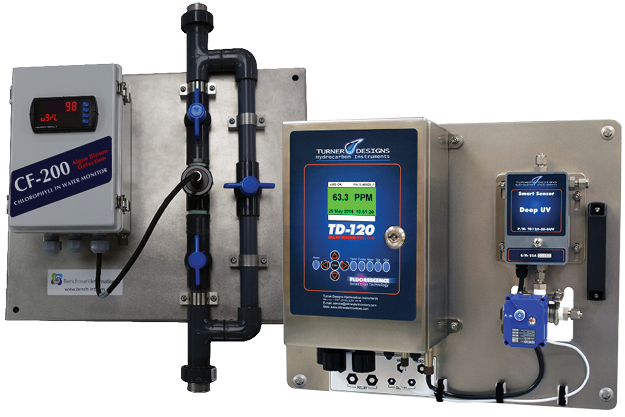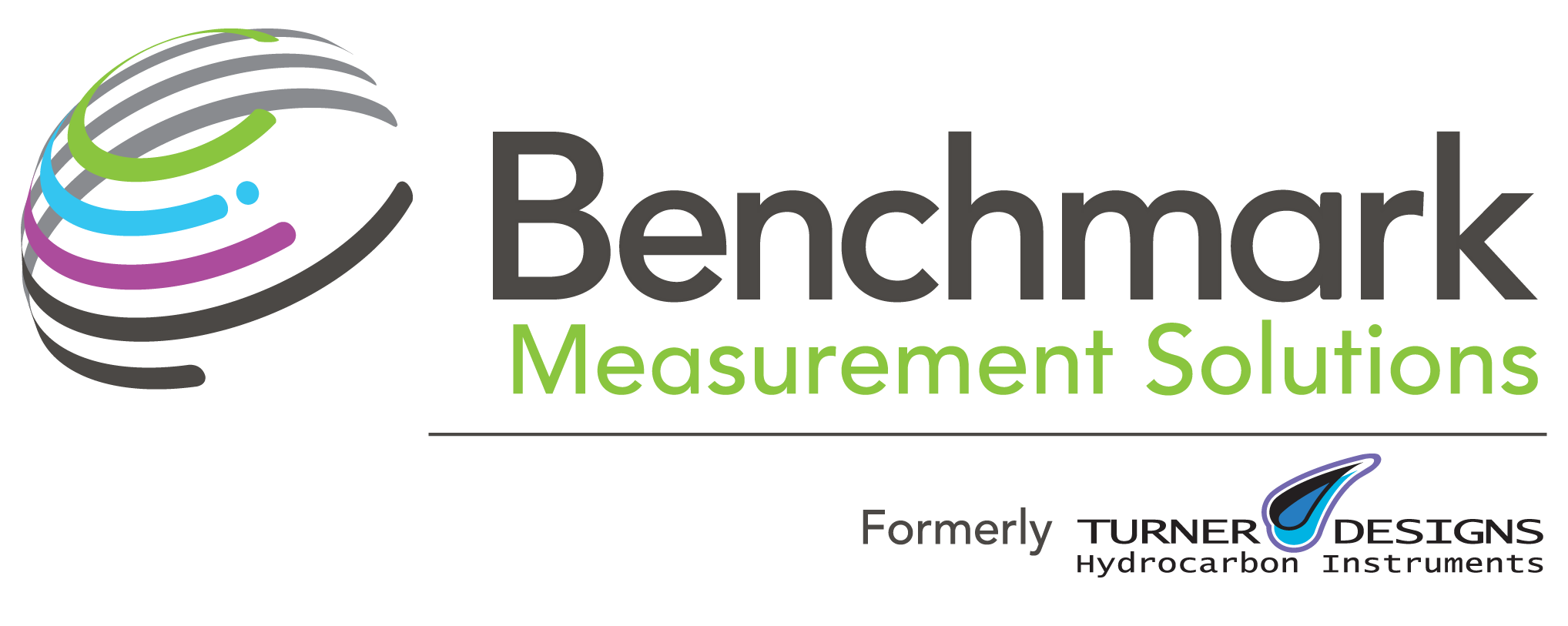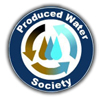The Situation
Plankton biomass in sea water can be variable by season, weather and other uncontrollable conditions. Industrial plants with sea water intake can be affected by high plankton concentrations. Reverse osmosis desalination systems can have high differential pressure, and when treated with chlorine, can have high disinfection byproducts in the membrane permeate.
Chlorophyll A is the primary pigment in algae. Its measurement in sea water is an effective method of tracking total plankton concentration. In pretreatment to a reverse osmosis membrane system, the algae concentration should be below 100 micrograms/liter (ppb), which corresponds with 2 micrograms/liter Chlorophyll A.
Desalination operations are also prone to disruptions caused by fuels and oils in the intake water. Reverse osmosis membranes are particularly susceptible to damage.
The Problem
Fouling and coating of reverse osmosis membranes by oil and algae is difficult to predict and increases operating and maintenance cost. Dissolved air flotation (DAF) systems treating the intake water also have high operating costs. Plant operators need to monitor for both oil and algae to know when to operate or optimize the DAF system to significantly reduce maintenance costs.
The Solution
Benchmark Measurement Solutions now offers a Desalination Intake Monitoring System, which combines the fluorescence-based CF‑200 Chlorophyll in Water Monitor with the TD-120 Oil in Water Monitor to comprise its Desalination Intake Monitoring System. For quick and easy installation, the TD-120 and CF-200 are factory calibrated to oils and algae commonly seen in sea water intakes. The fully integrated monitors, with local LED display, analog signal and relay alarm, are shipped ready for installation and operation.
The fluorescence technology uses no chemicals, reagents or moving parts and is not susceptible to bubbles, silt or other debris in the water. The CF-200’s LED based probe has a long life (>5 years), without needing frequent factory calibrations or maintenance. Fluorescence-based online monitors are fast to respond to algae and oil changes. The wetted parts are resistant to corrosion in fresh or sea water.
With it’s low installation and ownership costs, Benchmark’s Desalination Intake Monitoring System is a robust solution for preventing oil and algae blooms from causing excess pressure drops and contamination of the permeate.



